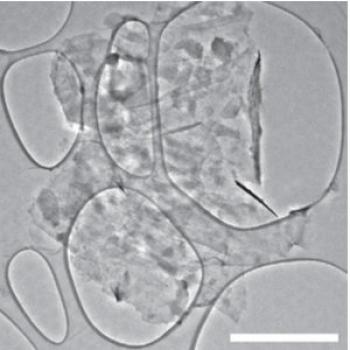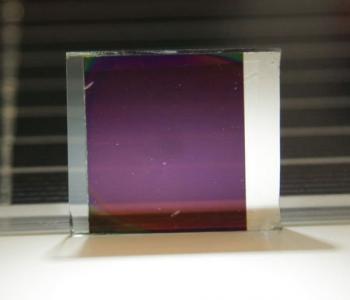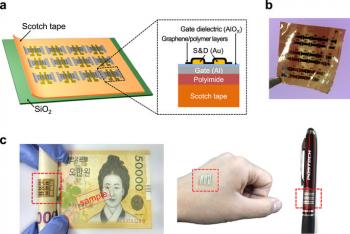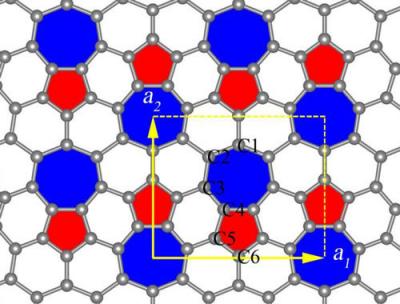Graphene combined with phosphorene might give a boost to sodium ion batteries
Researchers at Stanford University in California have developed a new material comprising interspersed layers of graphene and phosphorene that has been shown to be a more stable, more conductive and higher capacity anode for sodium ion batteries than previous materials. The researchers believe it could be industrially compatible, and potentially allow sodium ion batteries to become useful for large-scale energy storage.

The graphene layers provide an elastic buffer and function as an electrical highway, allowing charge to get in and out faster. The phosphorene and graphene were both produced by scalable liquid exfoliation, and the sandwich structure self-assembled when suspensions of the two components were mixed and the solvent was evaporated.





